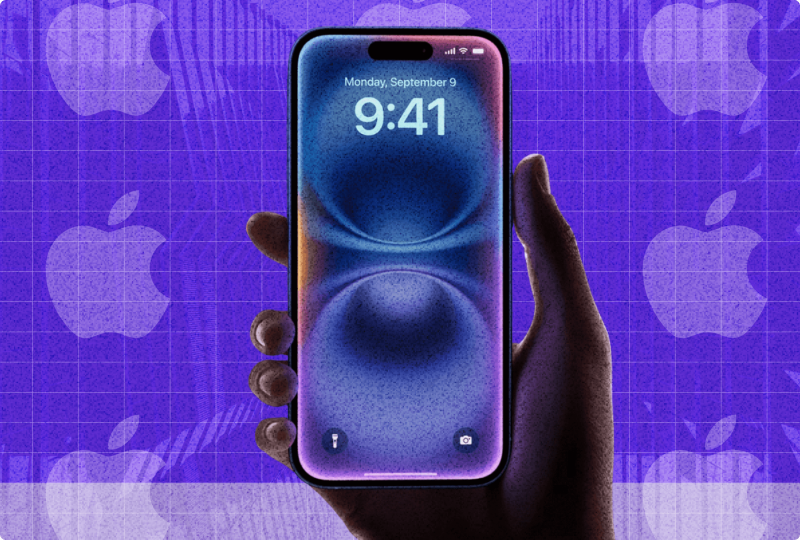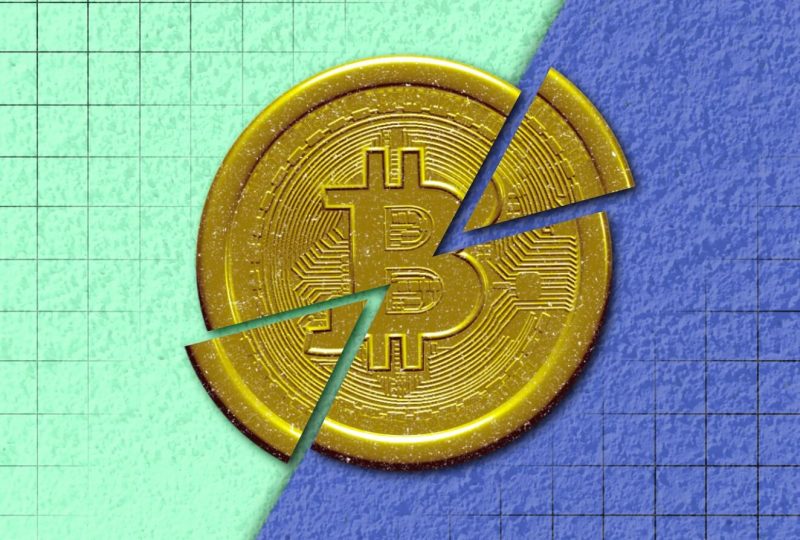$3,000 for an iPhone? How Much Will iPhone Cost After Tariffs?
Apr 14, 2025

As the tariff war between the USA and China intensifies, US producers and tech companies fear the potential of higher production costs using imported parts after the 145% tax rate levied on Chinese imports.
As we know, several iPhone key components are produced or imported from Asian markets due to the well-established tech manufacturing infrastructure and cost-effective labor. These include display screens, processing chips, batteries, internal circuits, and assembly.
The increased costs of these parts will be passed to consumers, who will have to pay much more for the same product. Many speculate how much will iPhone cost after tariffs, with skeptical thoughts of prices exceeding $2,000, from almost $1,000 for the iPhone 16, for example.
Let’s review the market response to this news and the future of the ongoing trade war.
US-China Tariff War
The trade war continues between the USA and China, especially after Trump slapped a cumulative tariff of up to 145% on Chinese imports, which were countered by a 125% tariff on US products entering the Chinese market.
The restrictions affect electronics, semiconductors, and other vital components for smartphones manufactured in Asian markets. On the other hand, China’s import tax applies to US agriculture and energy products.
These measures have escalated tensions between the two largest economies, disrupting global supply chains and operations for multinational companies.
The tech industry relies heavily on cross-border manufacturing, with assembly lines, semiconductors, and other key parts produced by regional manufacturers.
US tech giant Apple faces increased production costs and potential shifts in consumer pricing strategies. These disruptions can massively affect the cost of iPhone after tariffs.
How Much Will an iPhone Cost After Tariffs? Analyzing the Impact
To start with, Apple faced a dramatic stock collapse on the day President Trump introduced his “Reciprocal Tariffs”. The stock price dropped from $223 on April 2nd to $202 in 24 hours and then plummeted to $172 on April 8th.
While the stock has rebounded ever since, currently just shy of the $200 mark as of writing, investors and users are still indecisive.
The iPhone production is deeply connected to Chinese manufacturing, and the newly imposed US tariffs of up to 145% on Chinese imports can significantly increase production costs for Apple.
Analysts estimate that if the tariffs are enforced, the retail price of an iPhone could double the current price. Speculators predict price hikes to $2,000 for basic devices and around $3,000 for top-notch models.
This price surge may deter consumers and pressure Apple’s profit margins, forcing the company to reevaluate its pricing strategies. The uncertainty surrounding these tariffs adds more complexity, making it challenging for the company’s long-term plans.
Tariff Exemptions
Following the frustration among US companies, Donald Trump hinted at creating exemptions for tech companies, including smartphones, tablets, and other devices.
This comment breathed life into Apple, Nvidia, and other tech companies. However, the lack of clarity still casts doubt on the scope of the tariffs.
This exemption offers short-term relief, allowing Apple to maintain current pricing structures while assessing the situation. However, it is not permanent, and companies will eventually have to reiterate their long-term strategies.
Future Outlooks
The recent back-and-forth tariffs between China and the USA set serious challenges for Apple, which is weighing up the financial burdens of the iPhone and tariffs.
Despite the recently announced exemptions for tech products, the uncertainty surrounding tariffs and the short life of these exceptions will eventually affect not only manufacturers but also consumers.
Disclaimer: This article is for informational purposes only. It is not finance advice and should not be relied upon for investment decisions. Always do your own research and consult a financial advisor before investing.




